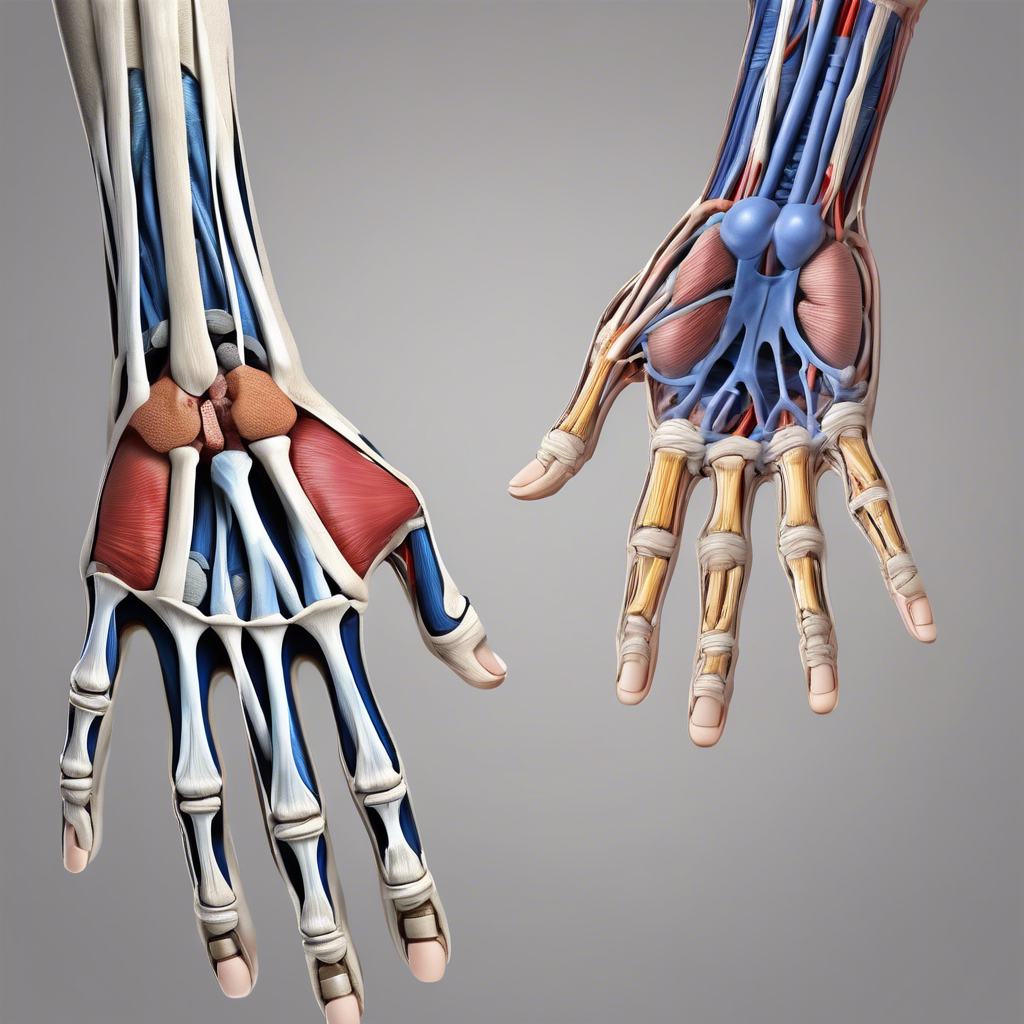Carpal tunnel syndrome is a common condition that affects millions of people worldwide. It occurs when the median nerve, which runs from the forearm into the palm of the hand, becomes compressed or pinched at the wrist. This compression can lead to a range of symptoms, including numbness, tingling, and pain in the affected areas. The parts of the body affected by carpal tunnel syndrome are primarily located in the hand and wrist, but can also extend to the forearm and even the neck and shoulder in some cases.
Symptoms and Affected Areas
The symptoms of carpal tunnel syndrome can vary in severity and location, but typically affect the thumb, index finger, middle finger, and part of the ring finger. These symptoms can include:
- Numbness or tingling sensations in the fingers and hand
- Pain or burning sensations in the wrist, hand, or fingers
- Weakness or clumsiness in the hand, making it difficult to perform everyday activities
- Shock-like sensations that radiate to the fingers
Parts of the Hand Affected by Carpal Tunnel
The parts of the hand affected by carpal tunnel syndrome are primarily located in the areas supplied by the median nerve. These areas include:
- Thumb: The median nerve supplies sensation to the thumb, and compression can lead to numbness, tingling, and pain.
- Index finger: The index finger is also supplied by the median nerve, and symptoms can range from mild numbness to severe pain.
- Middle finger: The middle finger is affected in a similar way to the index finger, with symptoms including numbness, tingling, and pain.
- Ring finger (partial): The median nerve supplies sensation to the radial (thumb-side) half of the ring finger, and compression can lead to symptoms in this area.
Secondary Areas Affected by Carpal Tunnel
In some cases, carpal tunnel syndrome can also affect areas outside of the hand and wrist. These secondary areas can include:
- Forearm: Pain and stiffness can radiate to the forearm, making it difficult to perform activities that involve gripping or twisting.
- Neck and shoulder: In some cases, carpal tunnel syndrome can be related to neck and shoulder problems, such as poor posture or muscle strain.
Conclusion
In conclusion, carpal tunnel syndrome is a complex condition that can affect multiple areas of the body, including the hand, wrist, forearm, and even the neck and shoulder. Understanding the parts of the body affected by carpal tunnel syndrome is essential for diagnosis, treatment, and prevention. By recognizing the symptoms and affected areas, individuals can seek medical attention and take steps to alleviate their symptoms and prevent further complications.

